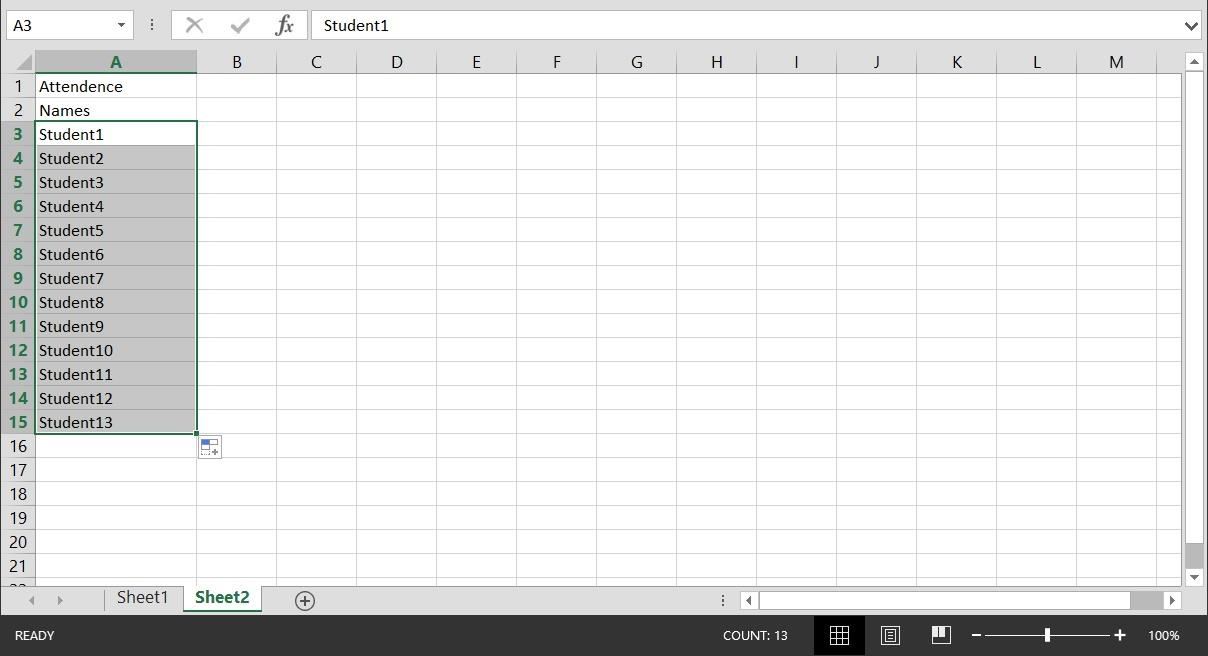

Versions downloaded prior to contained errors in the weighting for different assignment types and this version was designed to fix that. higher than normal probability of containing errors). Important! () - Version 1.3.0 of the file gradebook_points_weighted.xlsx should be considered a BETA version (i.e. Or, if you allow extra credit on a specific assignment, the student might earn a higher score than the one listed in the Points row. For an extra credit assignment, you would enter a "0" in the Points row. This system is often used college courses such as science, math, and engineering.Įxtra Credit: The values listed in the Points row in the Gradebook worksheet do not necessarily represent "maximum possible" points. In this version, the grading scale is percentage-based (A>=90%, B>=80%, etc.), but in the Gradebook worksheet you enter the number of points earned on each assignment or exam. For example, instead of recording an A- as a 90% (the minimum), you might record it as a 92%.Įxtra Credit - Giving extra credit using this system requires assigning the extra credit to specific assignments (such as giving a score of 110%). However, when recording an "A-" you would reference a different conversion chart. Points: If you use total points for the weighting factors, then the percentage system is almost exactly the same as the point-based system, except that you are recording grades as percentages, and doing the calculations for each assignment by hand.Ĭonverting Letter Grades to Percentages: The grading scale is used to define the minimums for each grade. If you are unsure what template to use, I would suggest using the percentage-based version.

The nice thing about this system is that you can use whatever method makes sense for a particular assignment. Or, the percentage might be recorded based on performance or a subjective letter grade. The percentage might be a calculation, such as earning 25 out of 30 points.

On each assignment, the grade is recorded as a percentage. This system is commonly used in high schools and for courses that involve more subjective grading like art and literature. You may also want to check out the Class Attendance Tracking template. In addition, because the gradebook is in Excel rather than an online gradebook system, you can add cell comments and format cells to highlight specific grades. Some of the features that make this template particularly useful are the ability to mark excused assignments, hide/show names or IDs, apply different weighting to homework and exams, apply a simple curve to the final grades, and make adjustments to the grading scale.


 0 kommentar(er)
0 kommentar(er)
